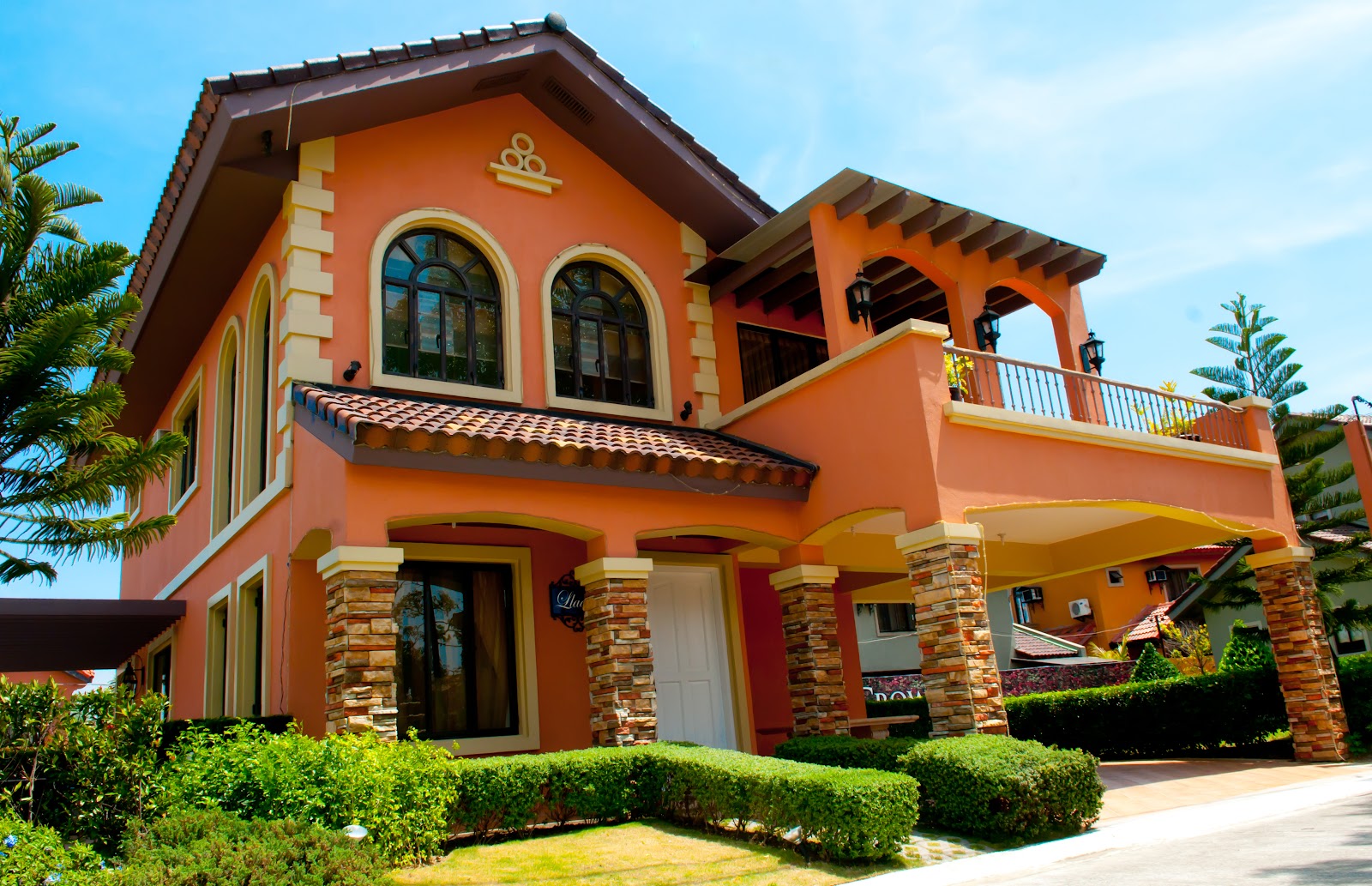When we think of an Italian house, images of rustic charm, vibrant colors, and timeless elegance come to mind. The allure of Italian architecture is not just in its aesthetic appeal, but also in the rich history and culture that each structure embodies. In this article, we will delve into the various elements that make an Italian house unique, exploring design styles, regional variations, and the integration of modern amenities with traditional craftsmanship.
Whether you are considering building your own Italian-inspired home or simply looking to appreciate the beauty of Italian architecture, understanding the nuances of design and lifestyle will enhance your experience. From the rolling hills of Tuscany to the bustling streets of Florence, each region offers a distinctive flair that contributes to the overall enchantment of Italian homes.
Join us as we embark on this exploration of the Italian house, covering everything from its architectural features to its cultural significance. Our aim is to provide you with a comprehensive guide that not only highlights the beauty of these homes but also offers practical insights for anyone interested in Italian design.
Table of Contents
- Biographical Overview of Italian House Design
- Key Design Elements of Italian Houses
- Regional Variations in Italian Architecture
- Interior Design Trends in Italian Homes
- Outdoor Spaces: Gardens and Terraces
- Modern Interpretations of Italian Style
- Sustainable Practices in Italian Home Design
- Conclusion
Biographical Overview of Italian House Design
Italian house design has evolved over centuries, influenced by various historical movements and cultural shifts. From ancient Roman villas to modern eco-friendly homes, the evolution reflects a deep appreciation for beauty, functionality, and harmony with nature. Each era has contributed unique characteristics to the architectural language of Italy, making it a rich tapestry of styles and forms.
| Attribute | Description |
|---|---|
| Origin | Ancient Roman architecture |
| Influences | Renaissance, Baroque, Neoclassical |
| Materials Used | Stone, stucco, terracotta, wood |
| Typical Features | Arches, columns, balconies, terracotta roofs |
Key Design Elements of Italian Houses
The charm of an Italian house lies in its distinctive design elements that create a warm and inviting atmosphere. Here are some key features commonly found in Italian architecture:
- Arches and Vaults: These structural elements add elegance and depth to the design.
- Terracotta Roofs: A hallmark of Italian homes, these roofs provide durability and aesthetic appeal.
- Open Floor Plans: Emphasizing a sense of community, open spaces are characteristic of Italian homes.
- Natural Materials: Use of local stone, wood, and wrought iron to create a harmonious connection with the environment.
Color Palette and Textures
Italian homes often feature warm, earthy tones that reflect the surrounding landscape. The use of textures, such as stucco walls and exposed beams, enhances the overall aesthetic, creating a cozy and inviting ambiance.
Regional Variations in Italian Architecture
Italy is home to a diverse range of architectural styles that vary by region. Each area boasts its own unique characteristics influenced by local culture, climate, and history. Here are a few notable examples:
Tuscany
Tuscany is renowned for its rustic villas, often adorned with terracotta roofs and surrounded by rolling hills. These homes typically feature large windows that allow for ample natural light, and they often incorporate outdoor living spaces that blend seamlessly with the landscape.
Veneto
In the Veneto region, you will find elegant palaces and villas characterized by intricate frescoes and classical elements. The use of marble and elaborate detailing sets these homes apart, reflecting the region's rich artistic heritage.
Interior Design Trends in Italian Homes
Italian interior design is synonymous with luxury, comfort, and style. Here are some current trends shaping the interiors of Italian houses:
- Minimalist Aesthetics: A focus on clean lines and uncluttered spaces to create an airy feel.
- Mix of Vintage and Modern: Combining antique pieces with contemporary furniture for a unique look.
- Bold Colors: Incorporating vibrant shades to add personality and warmth to the space.
Outdoor Spaces: Gardens and Terraces
Outdoor living is a significant aspect of Italian culture, and this is reflected in the design of Italian homes. Gardens and terraces are often used to extend the living space and connect with nature. Here are some features commonly found in Italian outdoor spaces:
- Patios and Verandas: Providing shaded areas for relaxation and entertainment.
- Fountains and Water Features: Adding a sense of tranquility and beauty to the garden.
- Herb Gardens: Often integrated into the landscape, promoting a connection to Italian cuisine.
Modern Interpretations of Italian Style
While traditional Italian house designs hold a timeless appeal, modern interpretations have emerged that blend contemporary aesthetics with classic elements. These homes often showcase innovative materials and technologies while maintaining the charm of Italian architecture.
Sustainable Design
As sustainability becomes increasingly important, many modern Italian homes incorporate eco-friendly practices. This includes the use of renewable energy sources, energy-efficient materials, and sustainable landscaping techniques.
Conclusion
In conclusion, the Italian house is a celebration of art, culture, and craftsmanship. From the traditional designs that have stood the test of time to the modern innovations that embrace sustainability, the essence of Italian architecture continues to inspire. Whether you are looking to build your own Italian-inspired home or simply appreciate the beauty of these structures, understanding their rich heritage will deepen your appreciation for this remarkable style.
We invite you to share your thoughts in the comments below, explore more articles about Italian design, and immerse yourself in the beauty of Italian culture. Your journey into the world of Italian houses has just begun!
Thank you for reading, and we hope to see you again soon for more inspiring content!


